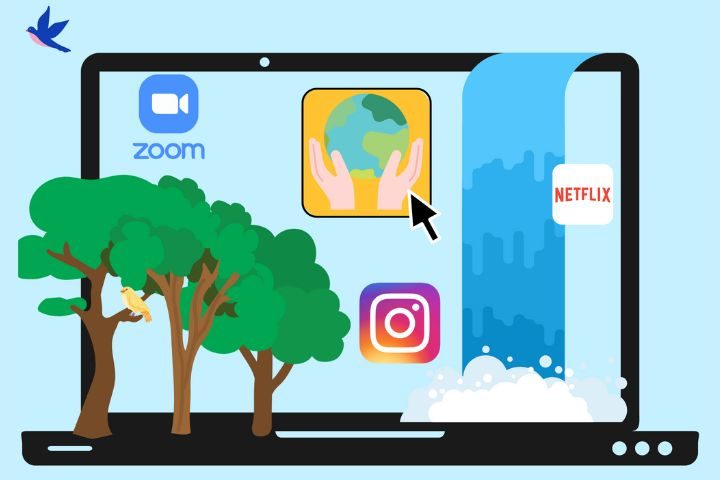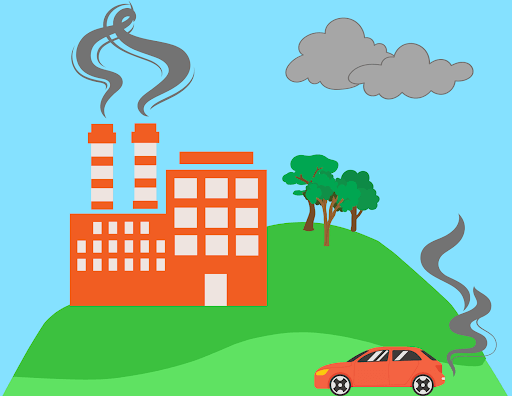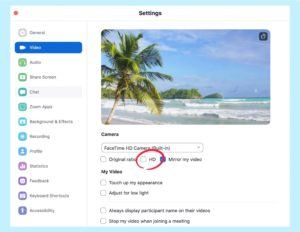
Surprisingly Simple Steps for Surfing the Internet Sustainably
August 4, 2022By Aileen Han, Massachusetts Institute of Technology (MIT) student and MIT PKG Social Impact Intern for Bow Seat
What comes to mind when you picture the sources of carbon emissions? Perhaps a gas-guzzling car? Or a factory that spews out thick clouds of smoke? There is another hidden source that we must be wary of, however, especially as technology continues to advance: internet usage.

The internet requires data centers, networks for transmitting data, and devices on which websites are accessed. All of these use a lot of electricity, and producing this electricity creates the internet’s carbon footprint. How much energy is needed, though? An enormous amount! In fact, the amount of electricity required by the internet is very close to the total amount that the UK consumes! And this energy expenditure is only growing as remote work and school necessitates virtual meetings and online assignments.
Since the internet’s energy usage is easy to ignore or forget, websites should be carefully designed to reduce the amount of resources they need. According to the Sustainable Web Manifesto, there are 6 major principles that all web developers can follow to ensure that their website is as sustainable as possible:
- Clean – the site should use renewable energy to power both its provided services and the resources it uses
- Efficient – the site should use the least amount of energy and other resources as possible
- Open – information should be accessible to all users, and users should control their own data
- Honest – the design of the site and the resources it provides should not be misleading or deceptive
- Regenerative – the resources provided by the site should support the people and the planet
- Resilient – the resources provided by the site should be available in the times and places when they are needed the most
With these principles in mind, web designers can be sure that they are on the right track for improving their website’s carbon footprint. They can even test how “green” their website is, as well as find out which areas they can improve on, with online tools like Ecograder and Website Carbon Calculator!

While Bow Seat’s work to promote environmental conservation helps to balance the carbon footprint of our website, we used some of the resources above to make our website more green. The team has worked on improving the ease of navigation and reducing image sizes while still keeping the spirit of the site alive. We also planted mangrove trees through One Tree Planted to offset our website’s carbon footprint. Why mangroves? Mangroves’ extensive roots help protect shorelines from erosion and offer protection for many marine species. Mangroves also sequester 2-4 times more carbon than tropical rainforests. Because they offer so many benefits for the ocean and environment, planting mangroves was a no-brainer for the Bow Seat Team.
What about those of us who are not web developers? We can reduce the amount of energy we use on the internet, too! Due to the pandemic, usage of virtual meeting platforms such as Zoom, has skyrocketed. While virtual meetings eliminate emissions from transportation, these services require large amounts of energy to run. But never fear, there is something that we can do: reducing your video quality from high definition to low definition will reduce carbon emissions by 95%! That is a huge reduction for just one person’s usage of these services – imagine if every person using that service did this, too! And doing so is easy – simply navigate to the settings on Zoom by clicking the gray gear on the top right, then click on ‘Video’ in the selection on the left. Finally, uncheck the box labeled ‘HD’ under Camera, and there you go!

There are lots of resources online that may be useful for those of us interested in internet sustainability. Here are a few to get you started:
- Sustainable Web Design
- Whole Grain Digital: Website Energy Efficiency
- Terra Movement: Easy Ways to Make Your Website Eco-Friendly
- Website Carbon
- Ecograder
- Zoom infographic: How Video Meetings Are Helping Reduce Environmental Impact
- MIT news: How to Reduce Environmental Impact of Your Next Virtual Meeting
Happy exploring!
Aileen, and the Bow Seat team
